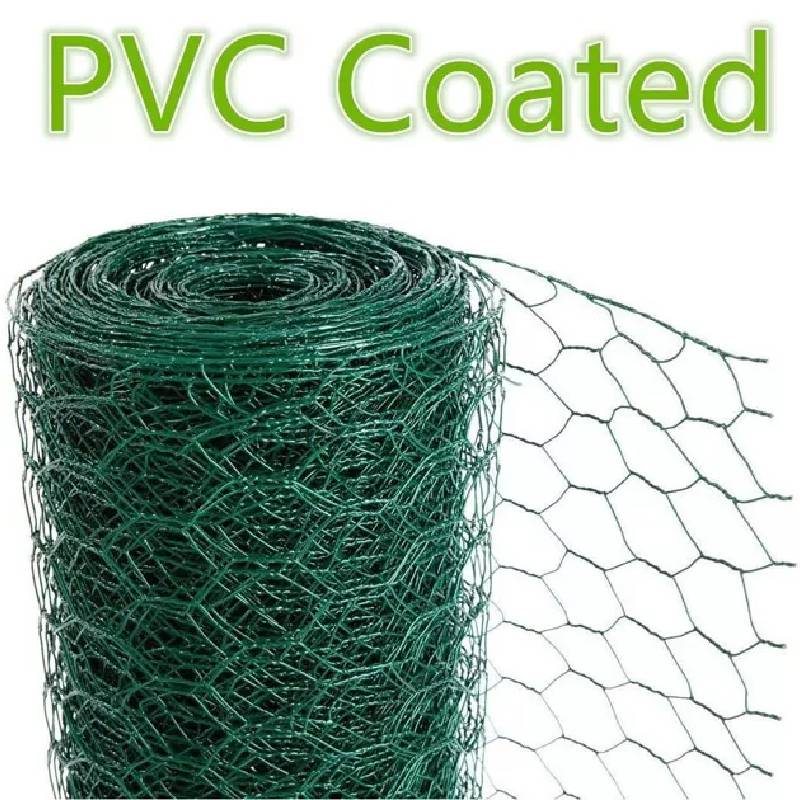
- Mobile Phone
- +8613931874955
- sales@cntcmetal.com
Understanding the Importance of Masonry Triangle Ties in Structural Support and Stability
Understanding Masonry Triangle Ties An Essential Component in Construction
Masonry triangle ties, often simply referred to as triangle ties, play a critical role in the structural integrity and longevity of masonry walls. These ties are designed to reinforce the connection between different elements of a building, ultimately ensuring that the structure remains stable under various loads and environmental conditions. In this article, we will delve into what masonry triangle ties are, their types, applications, and the importance of proper installation.
What are Masonry Triangle Ties?
Masonry triangle ties are structural elements made from metal, typically steel, which connect masonry walls to other structural components, such as timber or steel framing. The term triangle refers to the shape of these ties, often featuring an equilateral or isosceles triangle design that aids in distributing loads evenly. By providing lateral support, these ties help prevent issues such as cracking, bowing, or instability in masonry walls.
Types of Masonry Triangle Ties
There are various types of masonry triangle ties, each designed for specific applications and load requirements
1. Hot-Dipped Galvanized Steel Ties These are commonly used in exterior walls to resist corrosion. The galvanization process adds a protective layer, making them ideal for moist environments.
2. Stainless Steel Ties For particularly aggressive environments, such as coastal areas where salt exposure is a concern, stainless steel triangle ties provide excellent durability and resistance to corrosion.
3. Adjustable Ties Some triangle ties are adjustable, allowing for flexibility during the construction process. This adaptability can be crucial when working with irregular masonry or uneven surfaces.
4. Pre-formed Ties These ties come in specific shapes and sizes, allowing for easier integration during construction, thus speeding up the building process.
Applications of Masonry Triangle Ties
Masonry triangle ties are utilized in a multitude of applications throughout the construction industry
masonry triangle ties

- Brick Walls When building brick walls, triangle ties are often used to anchor the bricks to the framing, which prevents them from separating or cracking due to thermal expansion or settling.
- Stone Walls Similarly, in stone masonry, ties help to stabilize the structure, ensuring that the loads are well-distributed and that the stones remain in place.
- Retaining Walls Triangle ties are also effective in retaining wall systems, providing additional lateral support and stability against soil pressure.
- Building Facades In modern constructions, masonry triangle ties help to secure brick or stone facades to the underlying structure, maintaining aesthetic appeal while ensuring safety.
Importance of Proper Installation
While the design and material quality of masonry triangle ties are essential, their installation is of equal importance. Improper installation can lead to a host of issues, including structural failures and increased repair costs. Here are some best practices for installation
1. Following Manufacturer Guidelines Always adhere to the installation instructions provided by the manufacturer, which specify the correct spacing, attachment methods, and load-bearing capacities.
2. Using Proper Tools Adequate tools should be employed during installation, ensuring that each tie is secured tightly and positioned correctly.
3. Regular Inspections After installation, regular inspections should be conducted to check the condition of the ties, particularly in regions prone to harsh weather conditions.
4. Professional Consultation When in doubt, consulting with structural engineers or experienced contractors is advisable to ensure the design meets local building codes and standards.
Conclusion
Masonry triangle ties are integral components in the construction of masonry structures, providing essential support and stability. Their proper selection and installation can significantly enhance the durability and safety of buildings. As the construction industry continues to evolve, understanding the significance of these small yet critical elements becomes increasingly important for architects, builders, and homeowners alike. By prioritizing quality materials and expert installation practices, we can ensure that our structures withstand the test of time, safeguarding both occupants and investments.
share:
-
Why Sacrificial Formwork Is Redefining Underground ConstructionNewsJun.06,2025
-
The Structural Dynamics of Modern Concrete: How Snake Spacers Revolutionize Flexible ReinforcementNewsJun.06,2025
-
Snake Spacers Smart-Lock Concrete Reinforcement with Surgical PrecisionNewsJun.06,2025
-
Snake Spacers: Reinforcement Precision for Modern Concrete ProjectsNewsJun.06,2025
-
Snake Spacers Powering Concrete's Structural DNANewsJun.06,2025
-
Slither into Success: Snake Spacers' Precision Bite for Unbreakable ReinforcementNewsJun.06,2025
-
Sacrificial Formwork: Building Stronger, Faster, and Safer StructuresNewsJun.06,2025



















